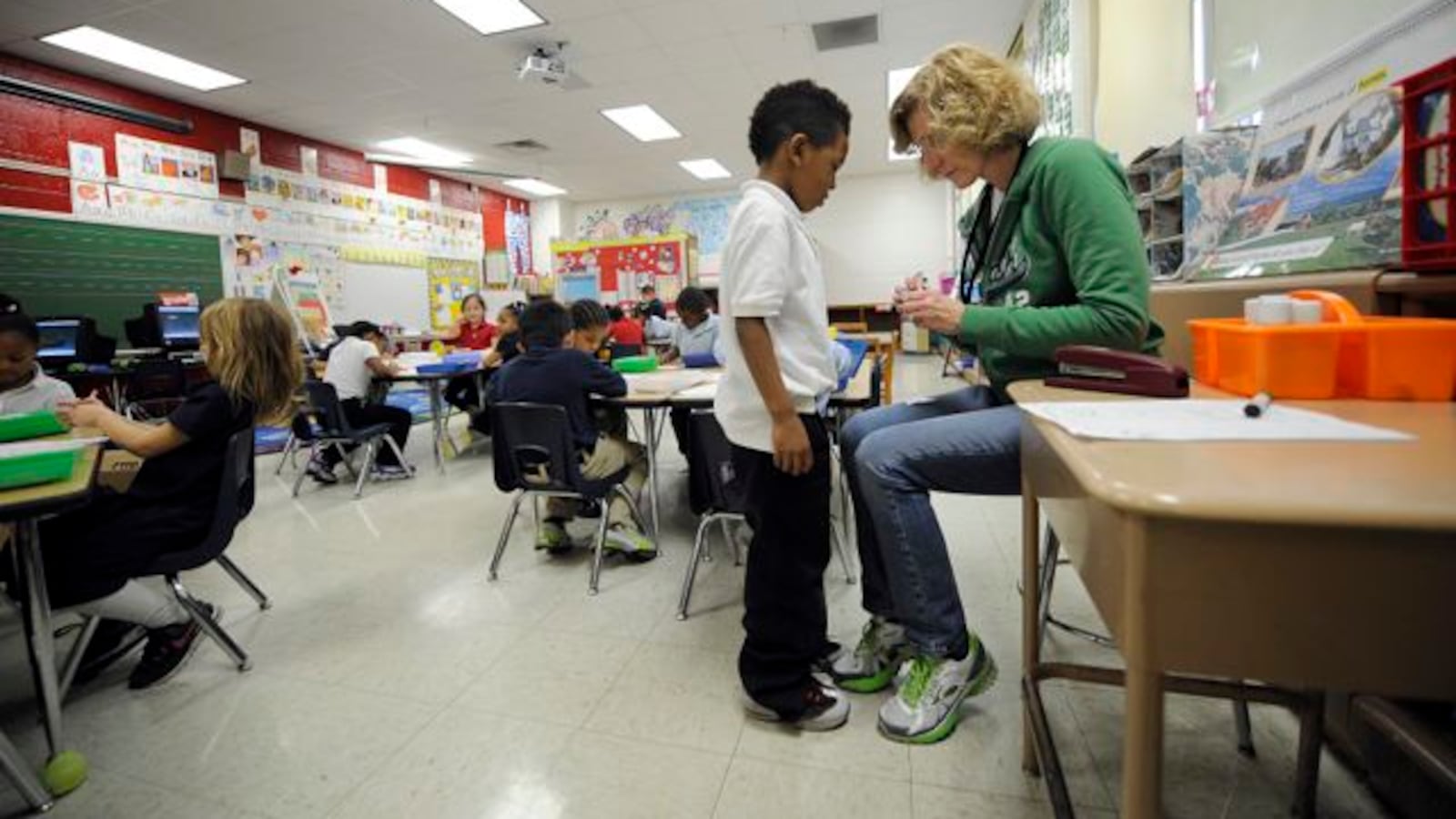Significantly more students with disabilities received the services they were entitled to last year, according to new data released Wednesday, though over a quarter still only received partial services or none at all.
Last school year 73 percent of students received all of the services required by their individual learning plans, which can include services like counseling or physical or behavioral therapy. That represents a significant increase from the 2015-16 school year, when just 59 percent of students received all mandated services.
But the 14 percentage point jump comes as the city is revamping its notoriously glitchy special-education data system, which officials have previously blamed for inaccuracies in their own statistics. As a result, it is unclear how much of the increase stems from better data collection and how much reflects a boost in services.
“If it’s true, that’s amazing,” said Lori Podvesker, a disability policy manager at IncludeNYC, referring to the rise in students receiving services. However, the city’s data-reporting challenges make her skeptical, she said.
“If they’ve already conceded that this data may not be completely accurate,” she added, “what makes us think that [the year-to-year increase] is 100 percent true?”
An education department spokeswoman could not say what portion of the increase resulted from better data collection. However, officials said they have worked to close gaps in services by sending schools weekly reports on each student with disabilities, and providing technical assistance through borough-based support centers.
“We have made major investments to meet the individual needs of students with disabilities,” schools Chancellor Carmen Fariña said in a statement. “We are building on this work and improving our data tracking capabilities to ensure we deliver for students and families.”
Wednesday’s report marks the third year the city has been required by law to release comprehensive statistics on how well it is serving its roughly 200,000 students with special needs — a group that dwarfs most entire school districts.
The city made scant progress on several indicators.
Roughly 28 percent of students had to wait longer than the two months allowed under law to be assessed for special education services, a one point improvement over the previous year.
The share of students who received none of their mandated services shrank by four percentage points, dropping from 8 to 4 percent. However, that represents only a one point improvement from the rate in 2014-15.
Advocates acknowledged that the data shows more students receiving all of their services. But that still leaves over 48,000 students, or 27 percent, getting partial support or none at all, the advocates noted.
“That’s really significant,” said Maggie Moroff, a disability policy expert at Advocates for Children. “That’s an entire school district somewhere else.”
The report also sheds light on how often school personnel recommend that students with disabilities take classes with their general-education peers.
About 70 percent of students with disabilities were recommended to spend at least 40 percent of their day in a general-education classroom last school year — essentially the same percentage as in 2014-15.
An education official said there has been an increase in students being recommended for “less-restrictive settings” when their special-education plans are rewritten, and that the number of students with intensive needs has increased.
Officials also pointed to the graduation rate for students with disabilities, which increased to nearly 45 percent in 2015-16, a 14 percentage point bump since the 2011-12 school year.
They also noted that 95 percent of students received their “related services” — which include physical therapy, certain medical services and counseling. But a report from the public advocate’s office earlier this year found that thousands of families still don’t receive related services because they are sometimes forced to find them on their own.

